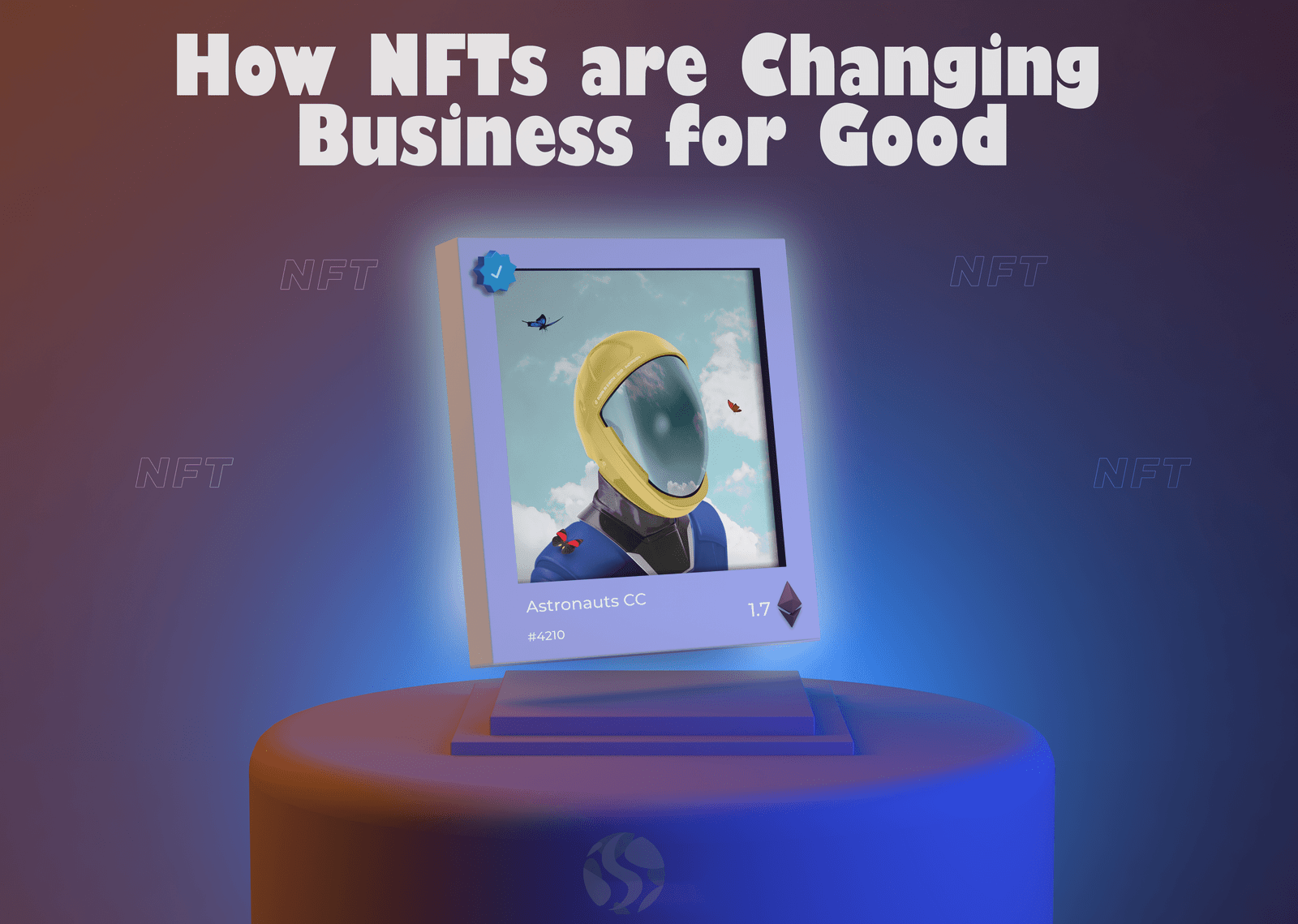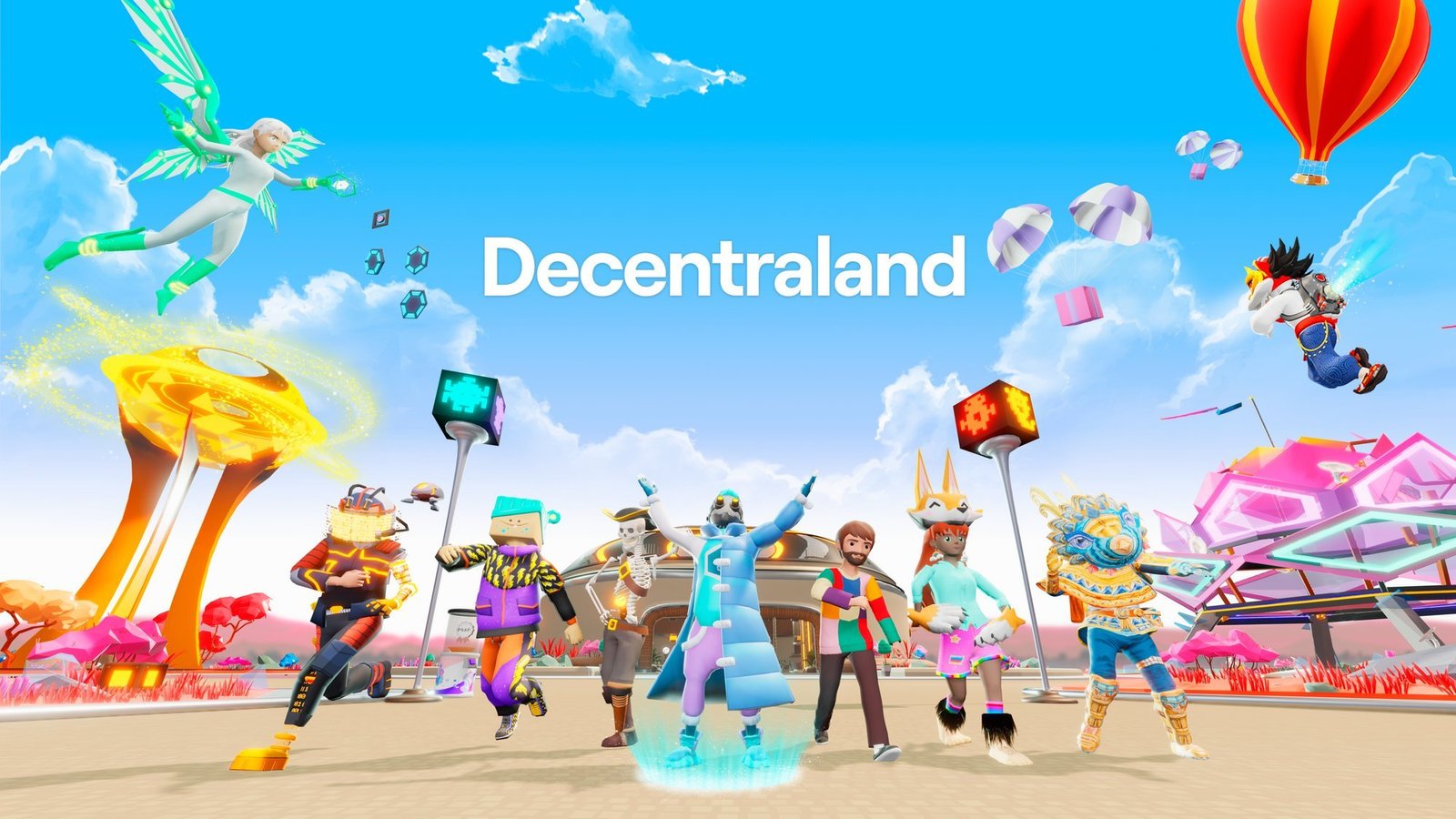
How NFTs are changing business for good.
Love it or hate it, the introduction of NFT technology has already made its mark on the world of business, and it doesn’t look like it’s slowing down.
Can we learn to see beyond the pixelated pictures and explore their unrealized potential?
Where did they come from?
They seemed to appear out of nowhere, pixelated images of degenerate punks and creative variations of animals. Swarming social media, taking the place of celebrity profile pictures, or making the news for selling for hundreds of thousands of dollars. But what appeared to be something completely new was a technology that had been brewing for a few years, waiting for a chance to be taken seriously.
It started with CryptoPunks back in 2017; pioneered by LarvaLabs, the project sought to test a new idea that honed in on digital ownership and authenticity. What they created was a series of generative and unique artworks that were practically given away. Like most things, only those that had done their research were able to pick one up, and wait to see what would come of it.

Image Copyright @ larvalabs.com/cryptopunks
It’s unlikely that anybody knew back then what CryptoPunks would come to be; the match that lit the fuse to a technological revolution. Fast forward a few years and NFTs had started to gain some recognition, and began to snowball out of control due to a cocktail of financial promise and FOMO.
Now, as I’m writing this, your average CryptoPunk will grab you a handsome price on secondary markets like Opensea, and they sit atop a hierarchy amongst some of the early comers. The likes of BAYC and CryptoKitties solidified themselves as the titans of the blockchain, and paved the way for a thriving market, much like the one we see around us today.
But how does this impact the business world?
On the face of things, NFTs might just appear as an artwork project, but there’s actually a lot more to the technology than what meets the eye. Artwork was just the best method of testing a means of virtual authenticity and a way of offering exclusive memberships to specific groups of people.
The initial hype behind NFTs was fruitful enough on its own, allowing rappers and musicians to sell 1 million copies of their tracks in less than a minute. The technology has the power to turn pretty much anything into a collectible, by making it exclusive and offering a way to authenticate it.
 With each transaction being minted on the blockchain, it opens the door for a whole host of business use cases, and the world is very quickly opening its eyes to those opportunities. Want to prove to people that your expensive watch isn’t fake? Show them your authenticated blockchain transaction that proves it is. Lost your receipt for an expensive item? You’ve got virtual proof of your purchase that you can access with a few clicks.
With each transaction being minted on the blockchain, it opens the door for a whole host of business use cases, and the world is very quickly opening its eyes to those opportunities. Want to prove to people that your expensive watch isn’t fake? Show them your authenticated blockchain transaction that proves it is. Lost your receipt for an expensive item? You’ve got virtual proof of your purchase that you can access with a few clicks.
 But the benefits to NFT technology in business aren’t just ones that serve the end-user, they’re also a beacon of hope to creatives too. People who previously had to release work under the supervision of agents are now able to release content on their own terms – and make a lot of money doing it. Creators are also able to earn a royalty percentage on secondary market sales, generating them passive income.
But the benefits to NFT technology in business aren’t just ones that serve the end-user, they’re also a beacon of hope to creatives too. People who previously had to release work under the supervision of agents are now able to release content on their own terms – and make a lot of money doing it. Creators are also able to earn a royalty percentage on secondary market sales, generating them passive income.
There’s even more money in it for the holders too, because collections are finding ways to introduce passive income streams that are woven into the utilities of the project. They might release a game that earns users new NFTs that they can sell for real money, or introduce a method of earning a token with real economic value. These are all tried and tested mechanics that have been given new life with NFT technology, making financial gain more accessible for everyone involved.
But how does this impact the business world?
On the face of things, NFTs might just appear as an artwork project, but there’s actually a lot more to the technology than what meets the eye. Artwork was just the best method of testing a means of virtual authenticity and a way of offering exclusive memberships to specific groups of people.
The initial hype behind NFTs was fruitful enough on its own, allowing rappers and musicians to sell 1 million copies of their tracks in less than a minute. The technology has the power to turn pretty much anything into a collectible, by making it exclusive and offering a way to authenticate it.
 With each transaction being minted on the blockchain, it opens the door for a whole host of business use cases, and the world is very quickly opening its eyes to those opportunities. Want to prove to people that your expensive watch isn’t fake? Show them your authenticated blockchain transaction that proves it is. Lost your receipt for an expensive item? You’ve got virtual proof of your purchase that you can access with a few clicks.
With each transaction being minted on the blockchain, it opens the door for a whole host of business use cases, and the world is very quickly opening its eyes to those opportunities. Want to prove to people that your expensive watch isn’t fake? Show them your authenticated blockchain transaction that proves it is. Lost your receipt for an expensive item? You’ve got virtual proof of your purchase that you can access with a few clicks.
 But the benefits to NFT technology in business aren’t just ones that serve the end-user, they’re also a beacon of hope to creatives too. People who previously had to release work under the supervision of agents are now able to release content on their own terms – and make a lot of money doing it. Creators are also able to earn a royalty percentage on secondary market sales, generating them passive income.
But the benefits to NFT technology in business aren’t just ones that serve the end-user, they’re also a beacon of hope to creatives too. People who previously had to release work under the supervision of agents are now able to release content on their own terms – and make a lot of money doing it. Creators are also able to earn a royalty percentage on secondary market sales, generating them passive income.
There’s even more money in it for the holders too, because collections are finding ways to introduce passive income streams that are woven into the utilities of the project. They might release a game that earns users new NFTs that they can sell for real money, or introduce a method of earning a token with real economic value. These are all tried and tested mechanics that have been given new life with NFT technology, making financial gain more accessible for everyone involved.
So where are we headed?
Image Copyright @ twitter.com/decentraland
 Some of the world’s largest companies are currently investing in NFTs, and one of the main ways that they’re doing so is through virtual land and assets. Platforms like Decentraland, Hyperverse and The Sandbox are selling off virtual plots to titans of the business world, who are preparing for a new wave of commerce.
Some of the world’s largest companies are currently investing in NFTs, and one of the main ways that they’re doing so is through virtual land and assets. Platforms like Decentraland, Hyperverse and The Sandbox are selling off virtual plots to titans of the business world, who are preparing for a new wave of commerce.
Are we really going to sit here and pretend that these giants don’t know what they’re talking about? Are we going to ignore something revolutionary just because we refuse to understand it?
NFTs have introduced a brand new era of security and innovation into the world of business and have allowed people to switch the script on what success should look like. People are making millions of dollars overnight on pictures of apes; just think about what the peak of that might look like.
Incredible, right?
So where are we headed?
Image Copyright @ twitter.com/decentraland
 Some of the world’s largest companies are currently investing in NFTs, and one of the main ways that they’re doing so is through virtual land and assets. Platforms like Decentraland, Hyperverse and The Sandbox are selling off virtual plots to titans of the business world, who are preparing for a new wave of commerce.
Some of the world’s largest companies are currently investing in NFTs, and one of the main ways that they’re doing so is through virtual land and assets. Platforms like Decentraland, Hyperverse and The Sandbox are selling off virtual plots to titans of the business world, who are preparing for a new wave of commerce.
Are we really going to sit here and pretend that these giants don’t know what they’re talking about? Are we going to ignore something revolutionary just because we refuse to understand it?
NFTs have introduced a brand new era of security and innovation into the world of business and have allowed people to switch the script on what success should look like. People are making millions of dollars overnight on pictures of apes; just think about what the peak of that might look like.
Incredible, right?


